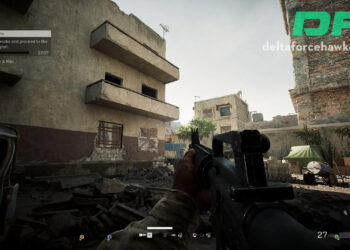In the complex world of Delta Force, weapon customization is both an art and a science. This guide will walk you through the intricate process of building the perfect weapon loadout, using the M4 as a primary example while providing insights applicable to various weapon types.
Understanding the Weapon Customization Landscape
Weapon customization in Delta Force can initially seem overwhelming. With numerous menus, stats, and attachments, players often find themselves lost in a sea of numbers, multipliers, and technical specifications. However, by understanding the core principles, you can transform a basic weapon into a precision instrument tailored to your playstyle.
The Importance of Recoil Pattern Analysis
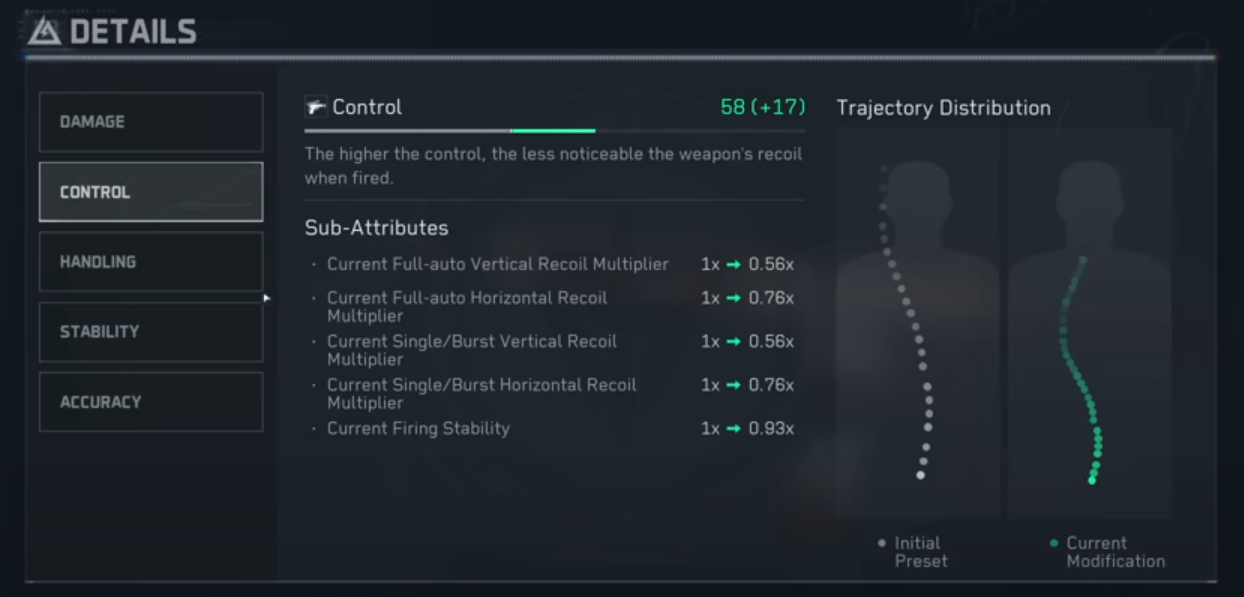
The first step in weapon customization is always the same: examine the weapon’s recoil pattern. Each weapon has a unique recoil behavior that dictates how it performs under fire. In the case of the M4, the recoil follows a soft, slightly curved S-pattern, which provides a relatively stable shooting experience.
The Attachment Strategy: A Methodical Approach
1. Optics Selection
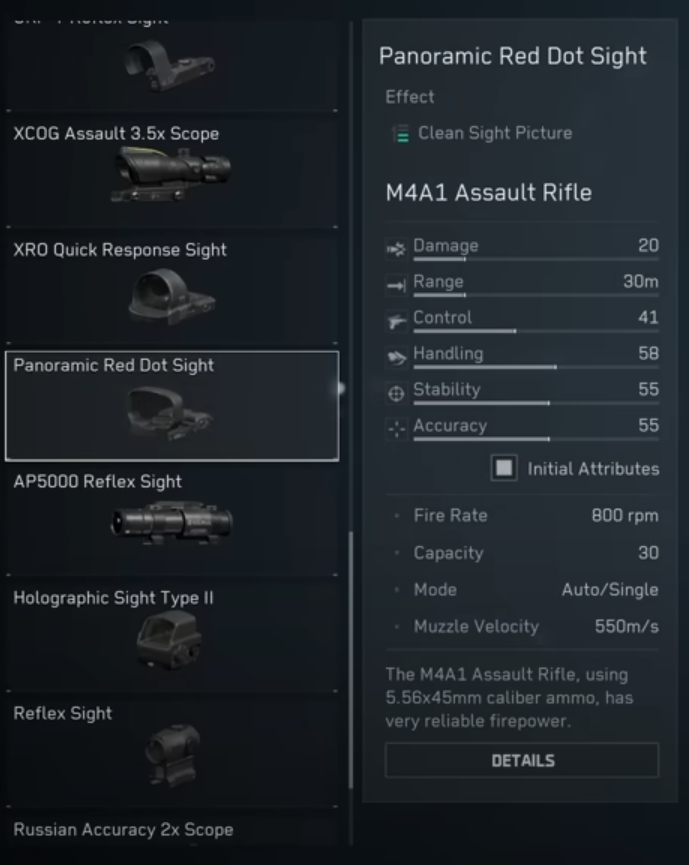
Choose an optic that suits your engagement style. For the M4, a panoramic Red Dot with adjustable zoom (1x to 1.5x) offers versatility. Pay attention to details like pupil distance, which affects the visual positioning of the sight.
2. Barrel Selection: The Build’s Foundation
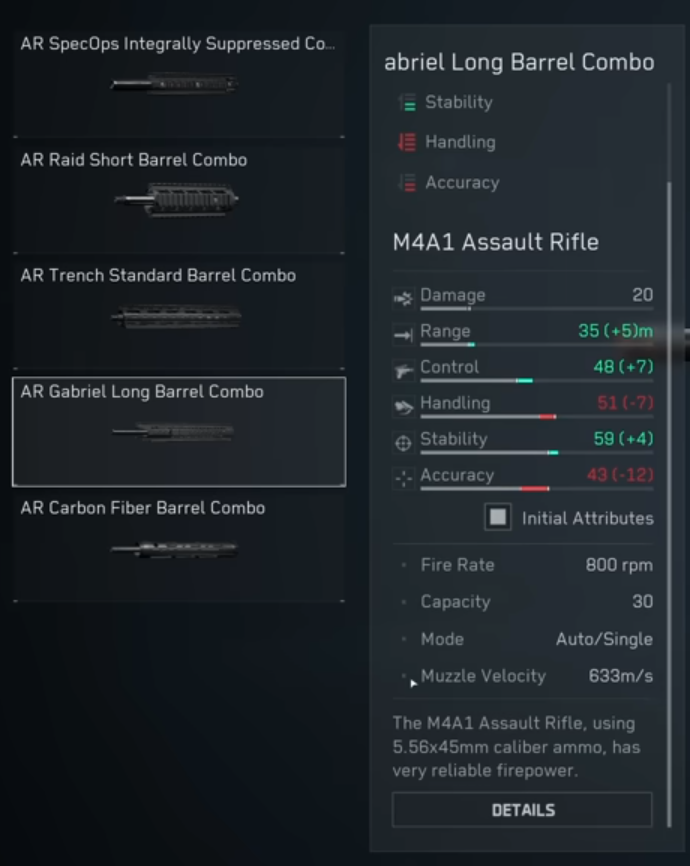
The barrel is crucial in determining your weapon’s performance. In Delta Force, particularly for assault rifles, prioritize:
- Muzzle velocity
- Range
- Firing stability
Be aware that these improvements often come with trade-offs in handling and accuracy. Calibration becomes key in mitigating these penalties.
3. Laser and Mounting Considerations
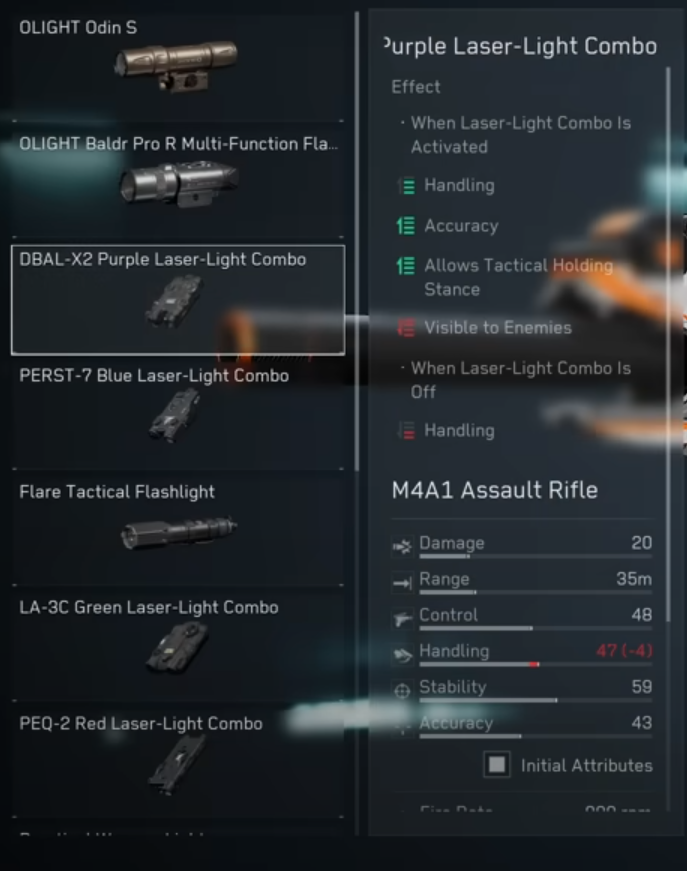
Lasers aren’t just for show. They can:
- Improve hip-fire accuracy
- Slightly increase ADS (Aim Down Sight) speed
- Provide strategic mounting options
4. Magazine Selection
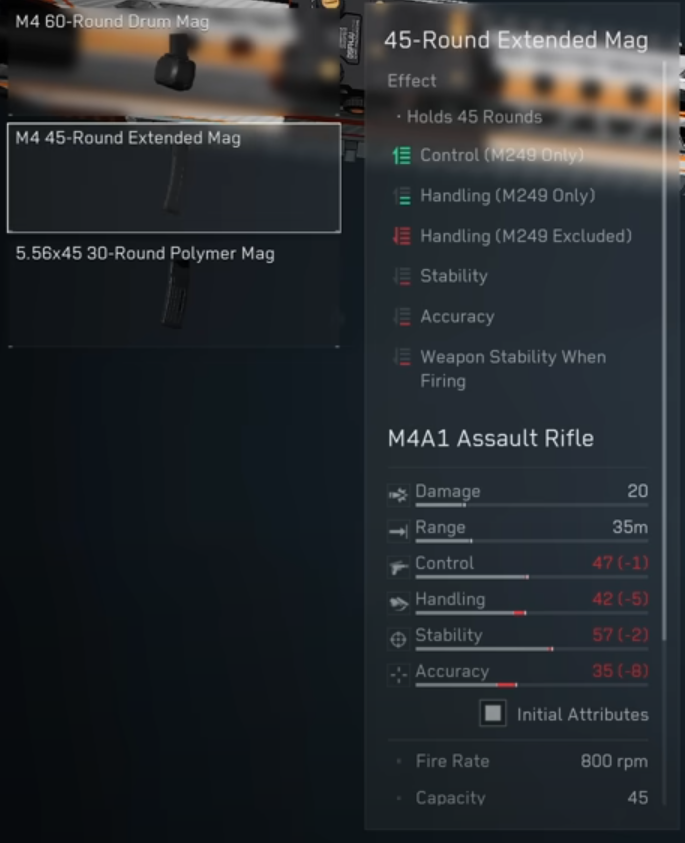
Don’t automatically default to the largest magazine. Consider:
- Reload frequency
- Weight and handling impacts
- Specific weapon requirements
5. Grip and Stock Optimization
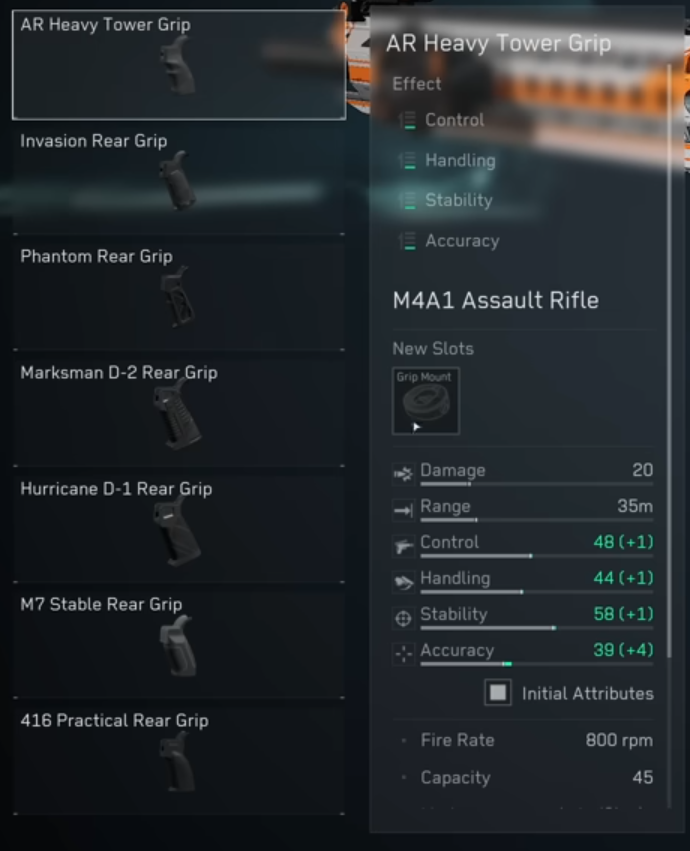
This is where the true customization magic happens. Focus on:
- Stability
- Handling
- Control
- Movement stability
Key Performance Stats to Understand
Damage Ranges
Understand how your weapon’s damage degrades over distance. The M4, for example, maintains 20 damage up to 30 meters before drop-off.
Control Metrics
Control encompasses:
- Recoil multipliers
- Horizontal and vertical recoil
- Burst fire characteristics
- Firing stability
Stability: The Unsung Hero
Stability is more than just a number. It affects:
- Recoil reduction while holding breath
- Flinch multiplier during combat
- Movement stability
- Site shake during movement
Accuracy Misconception
A critical point: Accuracy primarily affects hip-fire. When aiming down sights, even weapons with low accuracy can be highly effective at long ranges.
The Calibration Advantage
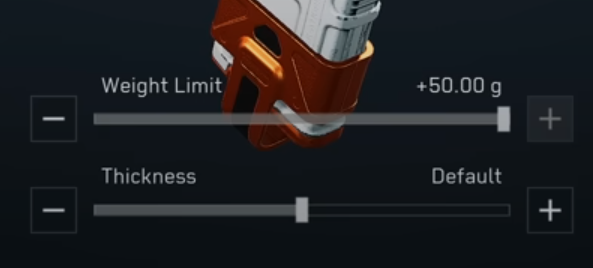
Calibration allows you to fine-tune attachments, adding positive and negative modifiers. This is where you can:
- Offset handling penalties
- Enhance specific weapon characteristics
- Create a truly personalized weapon setup
Final Build Considerations
When finalizing your build:
- Always test the weapon
- Don’t be discouraged by initial red arrows indicating negative stats
- Understand that minor penalties can be offset by overall performance improvements
- Prioritize consistent performance over perfect numbers
Transferable Principles
While this guide used the M4 as an example, the principles apply across weapon types:
- Analyze recoil pattern
- Understand stat trade-offs
- Calibrate strategically
- Prioritize stability and control
- Test and iterate
Weapon customization in Delta Force is a nuanced process that rewards patience, understanding, and experimentation. By methodically approaching each attachment and stat, you can transform any weapon into a precision tool that complements your unique playstyle.






